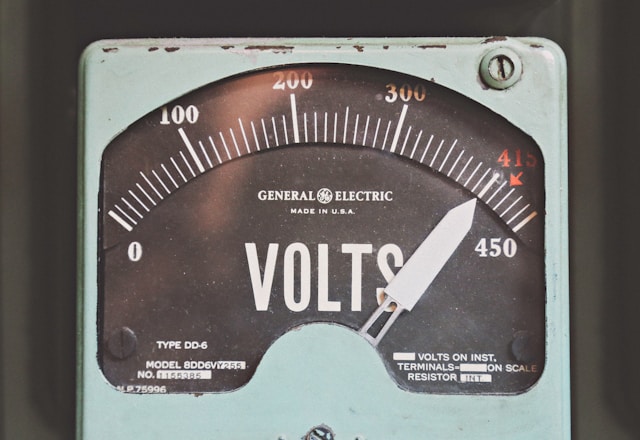When it comes to electrical measurements, understanding the conversion between different units of voltage is crucial, especially when dealing with high-voltage applications. One of the most significant conversions you might encounter is from volts to gigavolts. This blog will guide you through the essential facts about voltage, its measurements, and the techniques for converting volts to gigavolts.
Understanding Voltage
Voltage, also known as electric potential difference, is the force that drives an electric current between two points. It is measured in volts (V). In essence, voltage is the energy per unit charge and is fundamental in understanding how electrical systems work. For everyday applications, you might be familiar with voltage values such as 120V or 240V in household electrical systems.
Scaling Up: From Volts to Gigavolts
While volts are commonly used for everyday electrical devices, higher voltage levels are essential in various advanced fields such as physics research, power transmission, and certain industrial applications. As we scale up, we encounter terms like kilovolts (kV), megavolts (MV), and gigavolts (GV).
- 1 kilovolt (kV) = 1,000 volts
- 1 megavolt (MV) = 1,000,000 volts
- 1 gigavolt (GV) = 1,000,000,000 volts
To put it in perspective, a single gigavolt is one billion volts. This massive scale is necessary for applications like particle accelerators, where gigavolt ranges are not uncommon.
Why High Voltage Matters
High voltages are crucial for several reasons:
- Efficient Power Transmission: High voltage allows electricity to be transmitted over long distances with minimal losses. This is why high-voltage transmission lines are used in power grids.
- Scientific Research: Particle accelerators and other scientific instruments often require extremely high voltages to function correctly.
- Industrial Applications: Certain manufacturing processes, such as plasma generation and advanced materials processing, require high voltages.
Conversion Techniques
Converting volts to gigavolts involves understanding the relationship between these units. Since 1 GV equals 1,000,000,000 V, the conversion process is straightforward but requires careful attention to detail.
Conversion Formula:
Gigavolts (GV) = Volts (V) / 1,000,000,000
Example Conversion: If you have 5,000,000,000 volts, the conversion to gigavolts would be:
Gigavolts (GV) = 5,000,000,000 V / 1,000,000,000 = 5 GV
For practical purposes, it is often useful to create a conversion table:
| Volts (V) | Gigavolts (GV) |
| 1,000,000,000 V | 1 GV |
| 2,000,000,000 V | 2 GV |
| 5,000,000,000 V | 5 GV |
| 10,000,000,000 V | 10 GV |
Real-World Applications of Gigavolts
Understanding and working with gigavolts is not common in everyday life but is vital in specific high-tech fields. Here are a few examples:
- Particle Accelerators: Devices like the Large Hadron Collider (LHC) use voltages in the gigavolt range to accelerate particles to near-light speeds.
- Lightning: Natural lightning can reach potentials of several hundred megavolts, and in some rare cases, can be theorized to approach gigavolt levels.
- High Voltage Direct Current (HVDC) Transmission: This technology uses very high voltages for efficient power transmission over long distances, sometimes approaching the lower end of the gigavolt scale.
Safety Considerations
Working with high voltages, especially in the gigavolt range, requires stringent safety measures. The risks associated with such high voltage include severe electric shocks, burns, and even fatalities. Thus, specialized equipment, protective gear, and thorough training are mandatory for anyone working in environments where gigavolt-level voltages are present.
Conclusion
Understanding volts and their conversion to gigavolts is essential for professionals in fields dealing with high voltage applications. Whether it’s for efficient power transmission, cutting-edge scientific research, or advanced industrial processes, knowing how to manage and convert these high voltage levels is crucial.
By mastering the basics of voltage conversion and recognizing the significance of high voltages in various applications, you equip yourself with the knowledge to navigate and contribute to these advanced technological fields effectively. Always remember to prioritize safety and use the appropriate tools and techniques when dealing with high voltage environments.
